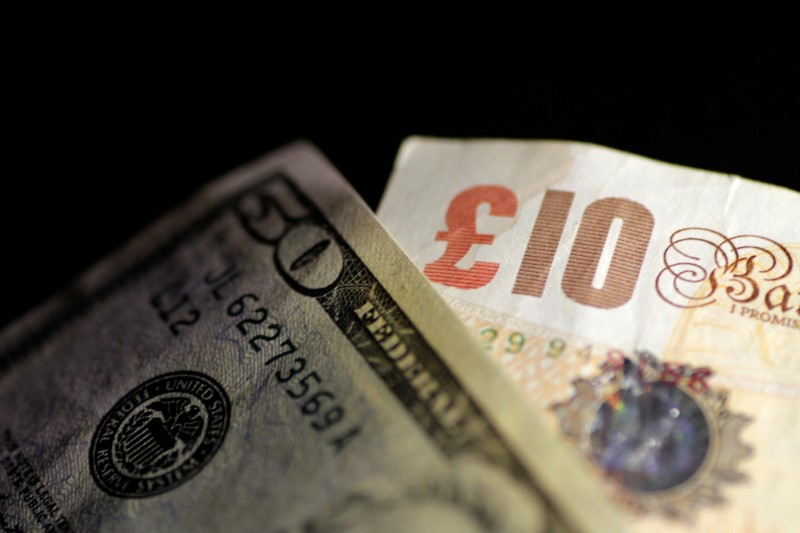Investing.com – The U.S. dollar edged higher in early European trade Tuesday, while sterling retained strength ahead of this week’s Bank of England policy-setting meeting.
At 02:55 ET (06:55 GMT), the , which tracks the greenback against a basket of six other currencies, traded 0.1% higher at 101.183, but remains not far from recent lows.
The greenback has inched higher after Friday’s stronger-than-expected release indicated that the U.S. labor market remained resilient in April.
Trading ranges are tight though, as traders await Wednesday’s April data, with economists expecting the widely-watched , which excludes volatile food and fuel prices, to increase by 5.5% on a year-over-year basis, a slight drop from the 5.6% increase a month earlier.
The delivered its tenth straight interest rate increase last week, as widely expected. It also indicated that it may pause its tightening campaign in June, although the policymakers were at pains to point out that such a move was dependent on the incoming economic data.
“Looking at the bigger picture, however, it seems clear that tighter U.S. credit conditions will only exacerbate the 2023 U.S. slowdown and disinflation process and we suspect there will be plenty of dollar sellers should we see any surprise 1%-2% rally in the dollar over the next couple of weeks,” said analysts at ING, in a note.
Elsewhere, traded 0.1% higher at 1.2633, just below the previous session’s one-year peak of 1.2668, ahead of Thursday’s central bank policy meeting.
The looks set to raise interest rates by another 25 basis points to 4.5%, as it combats still running at double figures, the highest of any big advanced economy.
fell 0.1% to 1.0999, still close to the highs of the year despite the slowing the pace of its interest rate increases last week.
Eurozone will slow sharply this year, ECB chief economist Philip Lane said on Monday, but price growth momentum remains high for now, including for underlying goods and services.
“In addition to what should clearly be supportive interest rate trends for EUR/USD this year should be much lower energy prices which have delivered a vast improvement in the euro’s terms of trade,” ING added.
fell 0.2% to 134.77, with the yen marginally helped by comments from Bank of Japan Governor Kazuo Ueda, who indicated the central bank will end its dovish yield curve control policy once inflation threatens to sustainably hit its 2% target.
fell 0.2% to 0.6771, while rose 0.2% to 6.9241 after data showed China’s fell more than expected in April and grew at a slower pace from the prior month, pointing to a fragile recovery in the second-largest economy in the world.
Read the full article here










